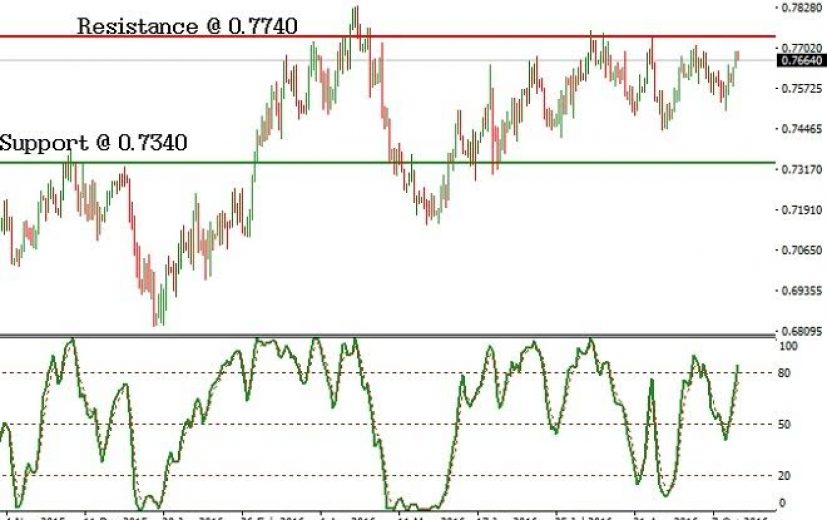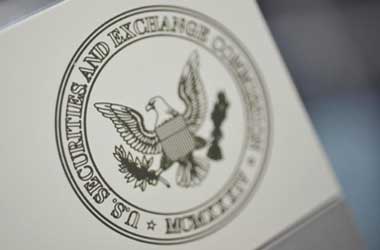 On September 15, we had reported that the AUD/USD is on the verge of a breakout on the upside and a long position can be created near 0.7430 with a 200 pip profit target.
On September 15, we had reported that the AUD/USD is on the verge of a breakout on the upside and a long position can be created near 0.7430 with a 200 pip profit target.
We had also recommended investing in a one touch call option to benefit from the forecasted rise of the currency pair.
On October 14, the target was achieved. The currency pair consolidated and went up further to hit a high of 0.7730. Based on the below discussion, we anticipate a short-term correction in the AUD/USD pair.
Bill Evans, Chief economist at Westpac, is of the opinion that the commodity prices will start falling once the market starts pricing the Fed rate hike cycle. The argument stems from the fact that the sharp rise in the commodity prices, which we saw recently, are supply driven. Evans anticipates a 10% and 15% decline in the iron ore and coking coal price respectively in the final leg of 2016. Iron ore and coking coal are the top two export revenue earners of Australia.
Leithvo
The Chinese National Bureau of Statistics stated that the industrial production grew at 6.1% in September, on a y-o-y basis. The industrial output growth was below the market’s expectation of 6.4% growth. The slowdown was attributed to the shrinking industrial sector and weak global demand. China is the number one export destination for the Australian commodities. Thus, a slowdown in China will definitely have a negative effect on the Australian iron ore and coking coal exports.
On Thursday, the Australian Bureau of Statistics revealed that the economy lost 9,800 jobs in September, against the market’s expectation of an addition of 15,200 jobs. It can be remembered that the Australian economy lost 8,600 jobs in August. The US dollar, on the other hand, is steadily strengthening against the basket of major currencies for the past six months. There are two reasons for the increase in the strength of the US dollar. Firstly, the market’s conviction that the US Fed would tighten the policy in December has considerably strengthened. Secondly, the decrease in the probability of Trump winning the election is also aiding the rise of the US dollar.
The minutes of the Fed monetary policy meeting showed that 8 out of 12 Fed banks voted in favour of a rate hike in July and August. In June, only 6 banks supported a Fed hike. So, it is evident that the probability of a rate hike has increased considerably. Thus, considering the above factors, we believe that the AUD/USD will decline in the short-term.
The historic chart indicates that the currency pair is likely to face resistance at 0.7740 levels. The stochastic oscillator is in the overbought region. Thus, we can anticipate the AUD/USD pair to decline further.
So, a currency trader can go short near the current level of 0.7660, with a stop loss order above 0.7740. The short position can be winded when the AUD/USD pair declines to a low of about 0.7550.
A binary trader can purchase a one touch put option to benefit from the currency pair’s decline. The target level of 0.7560 or higher should be chosen for the put option contract. To make the best out of the suggested trade, the trader should also select an expiry date in the third week of November.





